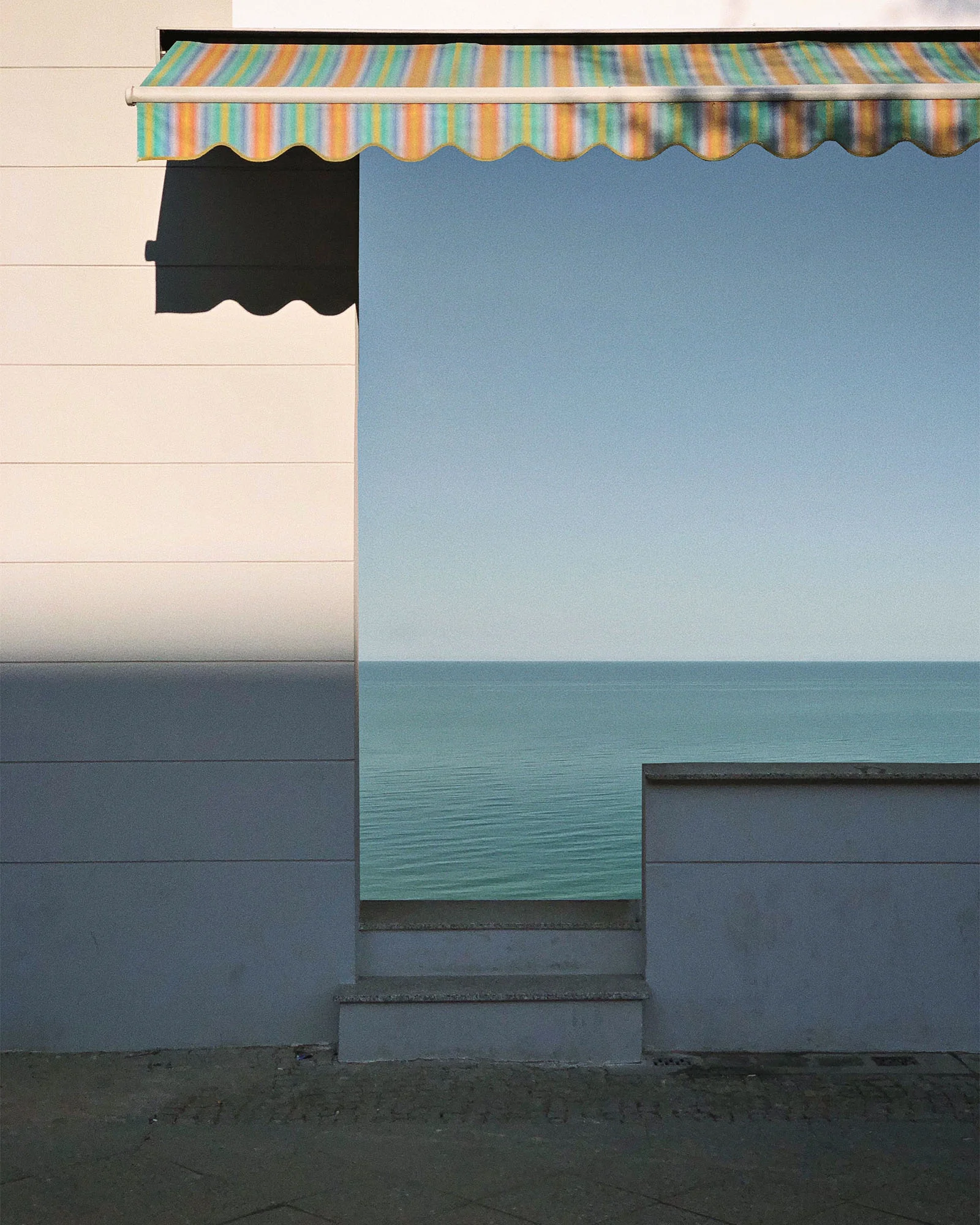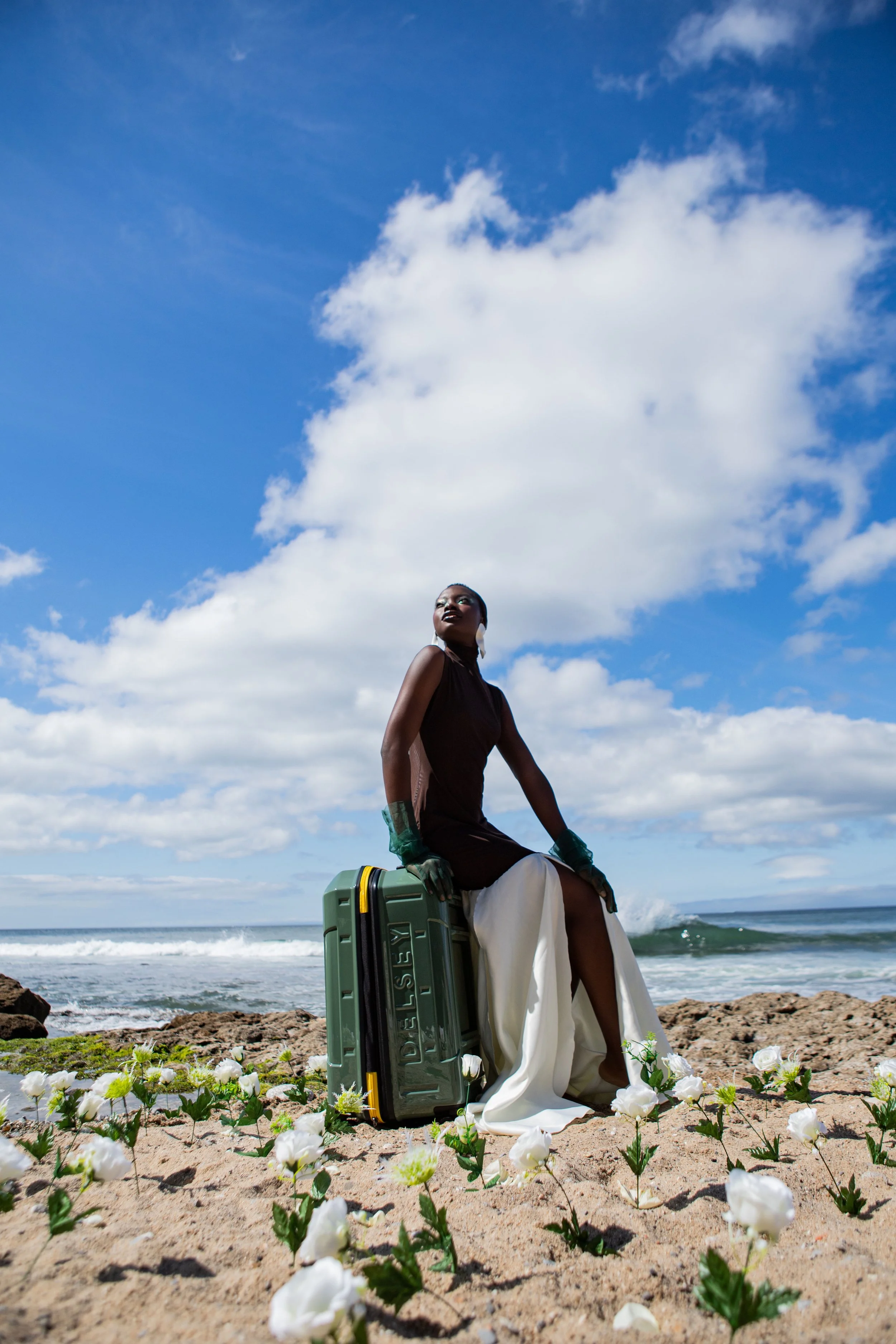Understanding the Artist and Complexity of Underrepresented Beauty
Understanding the Artist and Complexity of Underrepresented Beauty
Transforming the Narrative With Oghalé Alex
Name:
Oghalé Alex
Photography:
Oghalé Alex
Words:
Marissa Stempien
When you flip open the pages of your favorite magazine, do you feel underrepresented? Maybe it’s your color, race, gender, or you just don’t see enough models with a face full of freckles. Photographer and creative director Oghalé Alex is looking to change that. The artist focuses on breaking the stereotypes of the underrepresented with beautiful photography of black men and women—as well as models with unique attributes such as vitiligo or freckles—in symbols of unity, togetherness, and love.
His portraits are simple—beautiful in their juxtaposition of making a statement while maintaining their minimalism. It’s a way to flip the everyday narrative on its head while capturing the beauty of these men and women as he sees them. How he wants the world to see them. Oghalé talks about what draws him to this narrative and his objective of changing their perceived stereotypes.
Visual Pleasure Magazine: How did you get your start in photography? Did you always know you wanted to go into the arts?
Oghalé Alex: I got into photography three years ago when a girl that I was speaking to at the time convinced me to buy a camera to make YouTube videos. Because I liked her, I humored her and bought the camera. But I quickly got tired of making videos. Someone asked me to take some portraits because I had a camera and they paid me for it. Immediately, I realized photography was so much more fun than making videos, and the potential to make money was higher because it came easily to me. I always felt that I would do something art-related because I had a real appreciation for art and I knew I wanted to create it in some way or some fashion but I didn’t know photography would end up being that medium until I started taking photos.
Where do you draw your inspiration from?
I’ve always felt that the best art describes feelings and emotions that are difficult to understand and that is what I strive to do with my work. In many ways, I am a really old person in a “youngish” person’s body. I like to go for walks. I listen to a lot of ‘50s and ‘60s jazz. I’m obsessed with the idea of peace and freedom. I believe all of that translates into my work and how I edit and what I shoot. In many ways, this feeling is my inspiration.
What is the narrative you are trying to tell with your imagery?
There are a lot of negative narratives surrounding black men and women and I want my work to change that. I very consciously photograph black people in a dignifying way that challenges the stereotypes that exist in society. Instead of always telling stories that feature pain, suffering, and neglect, I push themes of togetherness, unity, and love. It’s my hope that black people will see themselves in my work and think positively about their lives and surroundings.
“I’m obsessed with the idea of peace and freedom”
“I love the idea of working with models or people who may not always be seen in front of the camera or may not always have opportunities.”
Your photos focus on fashion and editorial shots of men and women, on varying aspects such as a model’s hair or a color they're wearing—do you work to share your story through specific aspects of your shot or are they just points of focus in a wider scope?
I think that there are certain elements that will always be seen in my work such as shooting with multiples of people, pleasing colors, symmetry, and an emphasis on touching and composition. Each one of these things relates back to the narrative of peace and togetherness that I’m trying to tell. Besides the deeper meaning, they’ve also developed into my personal style of photography and help my photos to stand out.
Which elements and subjects do you most enjoy working with?
Besides black men and women, I really like to photograph unique looking people such as a model with vitiligo or lots of freckles. I love the idea of working with models or people who may not always be seen in front of the camera or may not always have opportunities.
“Instead of always telling stories that feature pain, suffering, and neglect, I push themes of togetherness, unity, and love.”
Your iPhone shots step away from editorials and portraits and focus on architecture, structure, and city spaces—do you shoot these more for fun and as a hobby or do you see them as another aspect of your professional photography?
Honestly, shooting architecture with my iPhone has been something I’ve done long before I picked up a “real“ camera. It’s always been a hobby and I thought maybe one day it could land me a gig with Apple testing out new iPhone cameras. Zaha Hadid once said, “Architecture is not only about shelter, it should be able to excite you, to calm you, and to make you think.” I believe that certain buildings have their own story and can also inspire, so I take photos with my phone when I see an interesting angle. At the moment it’s something I do as a hobby, but I’ll always be open to doing it more professionally.
What do you find to be the most rewarding thing about your work?
I had a mother reach out to me recently and thank me for taking a photo of a model that has lots of freckles. She told me that her daughter has lots of freckles and that sometimes she feels really self-conscious about the amount of freckles she has. So seeing someone in my photography that looks like her, gave her the confidence to be proud of her freckles and think it was cool. That is exactly the type of effect I want to have with my work. It’s also really rewarding when people resonate with your work so much that they want to own it. So naturally, having my work in museums and hung up in peoples’ homes is not only rewarding but humbling.
















